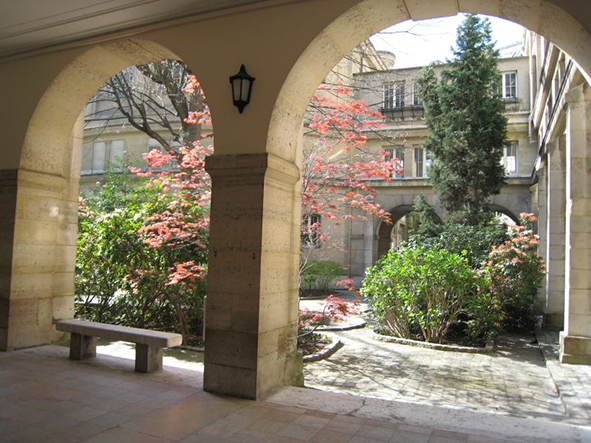Solutions of colloidal particles in liquid crystal (LC) materials usually demonstrate unique properties related, in particular, to the self-assembly of colloidal particles in LCs. Complex inter-particle and particle–LC interactions lead to the complex special particle assemblies in both nematic and cholesteric LCs due to the formation of LC defects. In the simplest case of a single spherical particle with strong homeotropic anchoring in a nematic LC, the overall topological charge leads to the formation of defects around the particle (so-called “Satellite point” and “Saturn ring” structures). In cholesteric LC media, the “Saturn ring” defect twists around the particle, forming a number of turns depending on cholesteric pitch. A complex asymmetric shape of these defects allows the particles to be aligned by LC media.
We used the extended Frank elastic continuum approach with Monte-Carlo Metropolis annealing optimization to estimate energy profiles of Janus particles of various sizes in cholesteric media. The special form of grid approximation for Frank elastic continuum theory was used for high-performance GPU parallelization. Calculations have shown the possibility of strong orientational ordering of particles in such systems, especially for large particles. The effect can be controlled by the adjusting cholesteric pitch. The effect can potentially be used in materials for electronic paper. Its obvious advantage is that the switching time between the described states is limited only by the rotation of the spherical particles and should be smaller than in conventional e-paper, where it is limited by the translational motion of particles through the cell.
This work was partially supported by RFBR, research project No. 15-59-32410, 15-02-08269, 15-32-20859.
- Picture

 PDF version
PDF version

